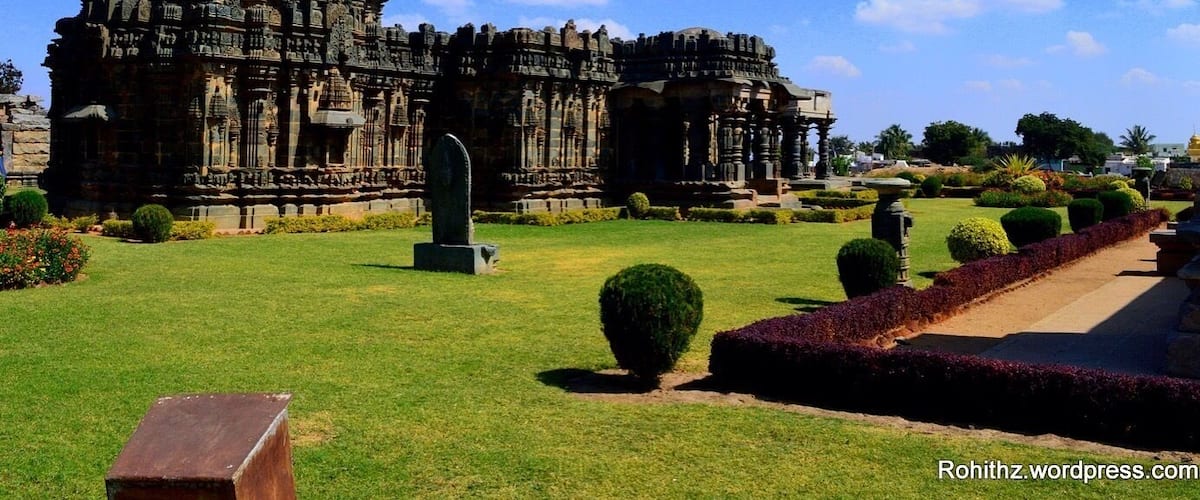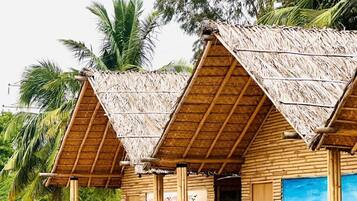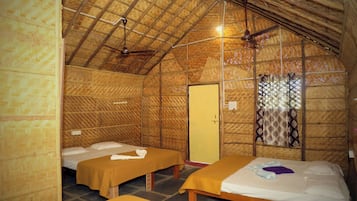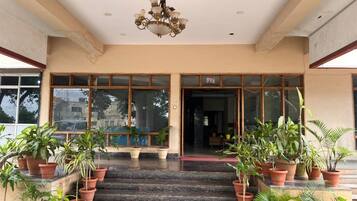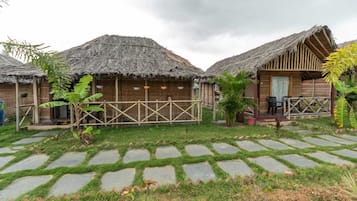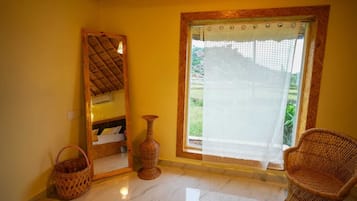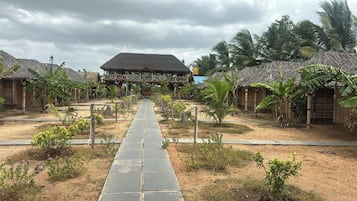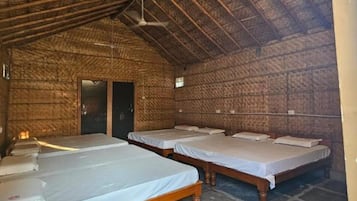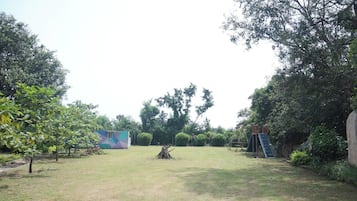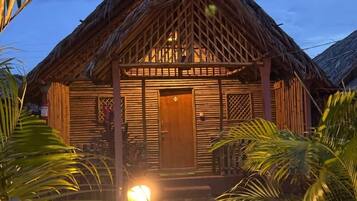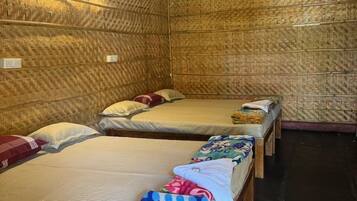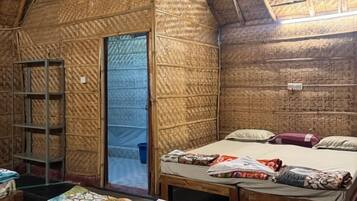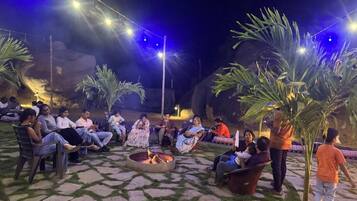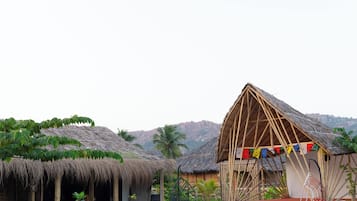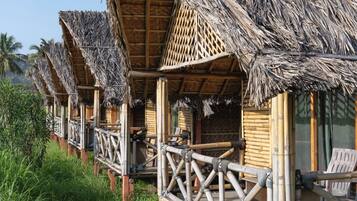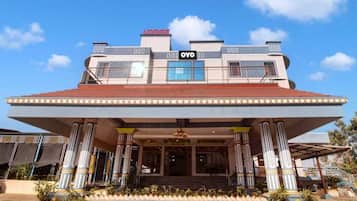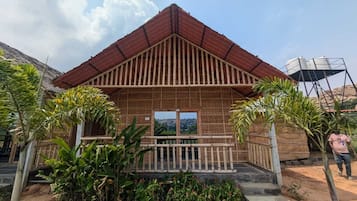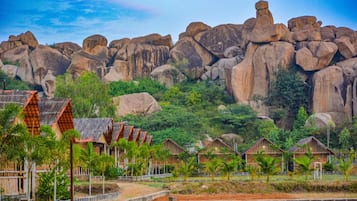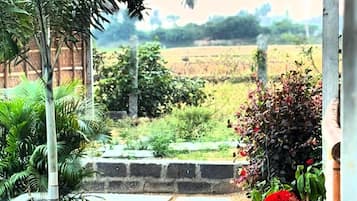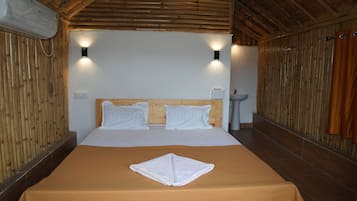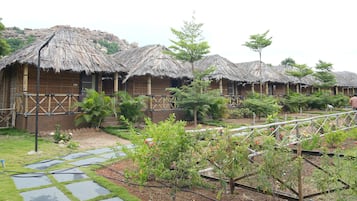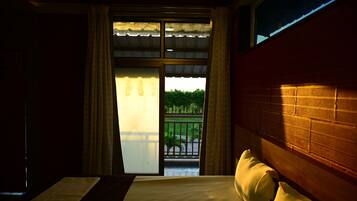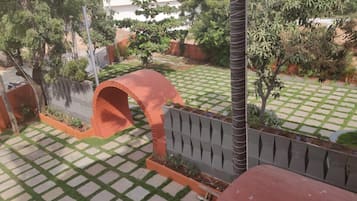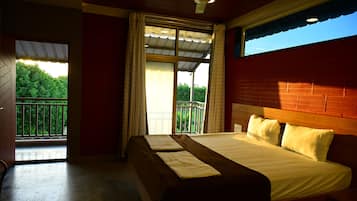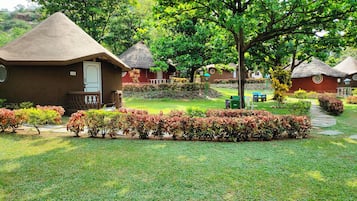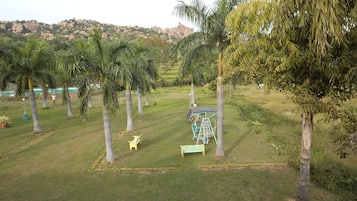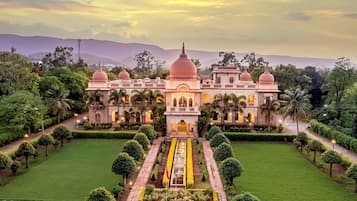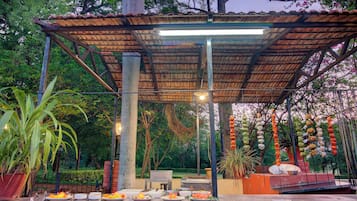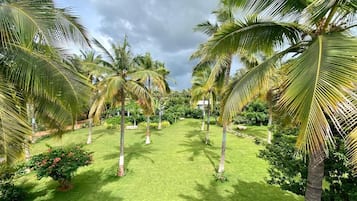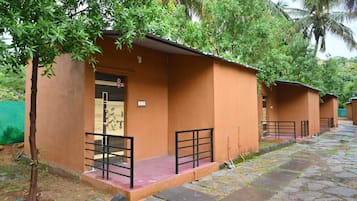Photo by Dr.Rohit Reddy
Search Koppal hotels
- Change your mindBook hotels with free cancellation
- Be pickySearch almost a million properties worldwide
Go beyond your typical stay in Koppal
Resort
Check prices for these dates
Top hotels and accommodation in Koppal

HOTEL MARKS INN
Koppal
The price is AU$32
includes taxes & fees
9 Dec - 10 Dec
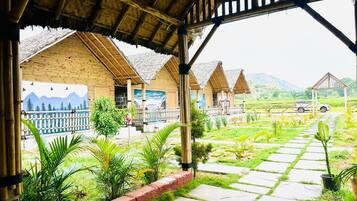
Bliss Hampi Eco Resort
Koppal
The price is AU$18
includes taxes & fees
9 Dec - 10 Dec

Shanthi Dhama Resort
Koppal
The price is AU$28
includes taxes & fees
9 Dec - 10 Dec
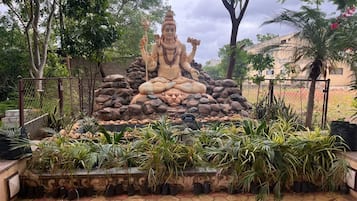
Hotel Partha International
Koppal
The price is AU$21
includes taxes & fees
9 Dec - 10 Dec

Hampi Natures Cottage
Koppal
The price is AU$60
includes taxes & fees
15 Dec - 16 Dec

The King On The Rocks
Koppal
10.0 out of 10, Exceptional, (1)
The price is AU$42
includes taxes & fees
15 Dec - 16 Dec
Lowest nightly price found within the past 24 hours based on a 1 night stay for 2 adults. Prices and availability subject to change. Additional terms may apply.
Save an average of 15% on thousands of hotels when you're signed in
Stay near popular Koppal attractions
Learn more about Koppal
Climb the ancient stone steps of Koppal Fort for panoramic views of the surrounding countryside and distinctive rock formations. Nearby Mahadeva Temple and Gavimath cave temples showcase intricate carvings while local markets offer authentic Karnataka handicrafts and textiles.

Photo by Dr.Rohit Reddy
Open Photo by Dr.Rohit Reddy
Top Koppal Hotel Reviews
Recent Reviews in Koppal

Vijayshree Resort And Heritage Village
10/10 Excellent
More cheap accommodation in Koppal

Oshos Organic Resort Hampi
Basapur , Hampi , Karnataka Hampi KA
The price is AU$39 per night from 9 Dec to 10 Dec
AU$39
9 Dec - 10 Dec
includes taxes & fees
6/10 (2 reviews)
Frequently asked questions
Explore a world of travel with Expedia
- Aihole Hotels
- Resort in Aihole
- Resort in Alnavar
- Hotels near Badami Cave Temples
- Historic Hotels in Badami
- Hotels with Parking in Badami
- Hotels with Pool in Badami
- Luxury Hotels in Badami
- Badami Hotels
- Ballari Hotels
- Hotels near Banashankari Temple
- Hotels with Parking in Chitradurga
- Luxury Hotels in Chitradurga
- Resort in Chitradurga
- Luxury Hotels in Davanagere
- B&B in Dharwad
- Hostels in Dharwad
- Cheap Hotels in Dharwad
- Luxury Hotels in Dharwad
- Romantic Hotels in Dharwad
- Gadag-Betageri Hotels
- Gajendragarh Hotels
- Gangavathi Hotels
- Gudgeri Hotels
- Hotels near Gudgeri Station
- Country House in Haliyal
- Holiday Homes in Haliyal
- Farmstay in Hampi
- Cheap Hotels in Hampi
- Historic Hotels in Hampi
- Hotels with Parking in Hampi
- Luxury Hotels in Hampi
- Hampi Hotels
- Resort in Hampi
- Cheap Hotels in Harihar
- Luxury Hotels in Harihar
- Family Hotels in Hospet
- Historic Hotels in Hospet
- Hotels with Pool in Hospet
- Luxury Hotels in Hospet
- Hospet Hotels
- Hotels with Pool in Hubli
- Luxury Hotels in Hubli
- Resort in Hubli
- Hungund Hotels
- Jagalur Hotels
- Hotels near Jindal
- Kudala Sangama Hotels
- Kudligi Hotels
- Lingsugur Hotels
- Resort in Molakalmuru
- Mundargi Hotels
- Resort in Mundgod
- Nargund Hotels
- Navalgund Hotels
- Pattadakal Hotels
- Cheap Hotels in Raichur
- Luxury Hotels in Raichur
- Rona Hotels
- Resort in Sanapur
- Sandur Hotels
- Luxury Hotels in Saundatti
- Saunshi Hotels
- Savanur Hotels
- Sindhanur Hotels
- Siruguppa Hotels
- Toranagallu Hotels
- Hotels near Vijayanagar
- Resort in Yellapur
- Flights to Vijayapura District
- Flights to Bagalkot
- Flights to Ballari
- Flights to Bellary
- Flights to Chitradurga
- Flights to Davanagere
- Flights to Hampi
- Flights to Hubli
- Flights to Hubli
- Flights to Sandur
- Flights to Toranagallu
- Flights from Bengaluru (BLR) to Hubli (HBX)
- Flights from Mumbai (BOM) to Hubli (HBX)
- Flights from Hobart (HBA) to Hubli (HBX)
- Flights from Melbourne (MEL) to Hubli (HBX)
- Flights from Sydney (SYD) to Hubli (HBX)
